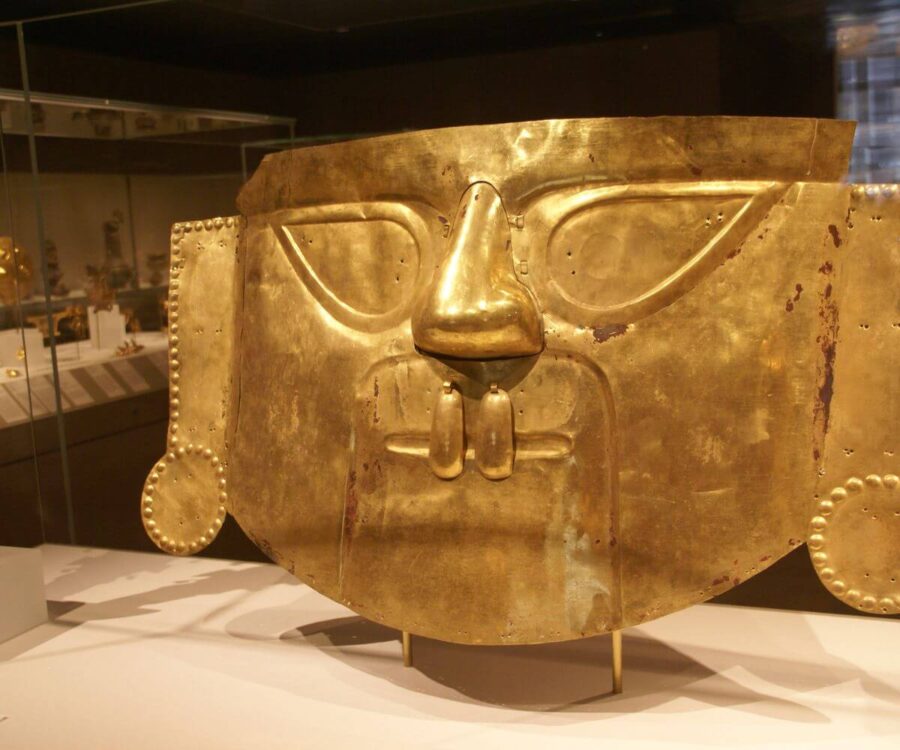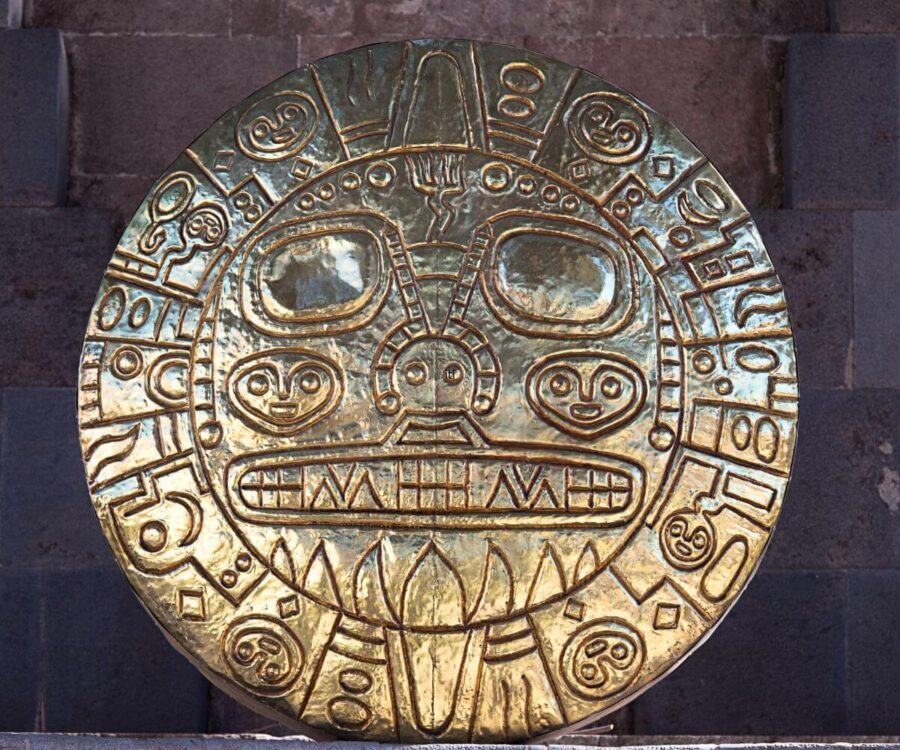The legend of Paititi, the golden city of the Incas filled with riches, has captivated explorers and archaeologists for centuries. This historical enigma raises the question of whether it is just a myth or if there is some truth to the stories surrounding it. Join us to discover what is known about this site and the modern expeditions seeking to unveil its secrets.
Table of Contents
Paititi is a legendary Inca city, considered by many to be a refuge that was hidden by the Incas to protect it from Spanish conquerors. For many centuries, its existence has been the subject of mystery and speculation, fueling the search of adventurers and archaeologists.
The Inca worldview and their territorial expansion, especially in Bolivia, regarded it as a strategic refuge to preserve their legacy in case of threat. Paititi became a hidden city where the last descendants of the Incas would have taken refuge.
Vaca de Castro was one of the first to document rumors, noting that it would be hidden in an inaccessible region of the Amazon. Although many considered his accounts exaggerated, his writings fueled subsequent expeditions in search of the golden city.
Garcilaso de la Vega linked the legend to the spirit of resistance of the Incas after the Spanish conquest. In his writings, he suggested that Inca gold and riches were hidden in the city to protect their cultural and spiritual heritage.

Another chronicler, Diego Felipe de Alcaya, also contributed to the legend, recounting how the Incas had taken gold and treasures into the eastern jungles. According to Alcaya, the local indigenous people knew of the city but kept its location secret.
After the fall of the Inca Empire, survivors fled to remote regions, carrying their riches and traditions, which fueled the belief in the existence of Paititi as a final bastion of Inca resistance.
Various expeditions have ventured into the Amazon jungle in search of Paititi. Explorers and archaeologists, inspired by the legend, have tried to find the lost city without success.
One of the first Spanish conquistadors to explore the Amazon jungle, he did not find the golden city, but his expedition helped popularize the legend and attracted future explorers.
Anzúrez, a Spanish adelantado, spent much of his life searching and exploring uncharted regions. Although with few results, his accounts increased interest in the lost city.
Ñuflo de Chaves was a 16th-century explorer who sought Paititi in the Amazon, reinforcing the belief that the city was hidden in an inaccessible place, protected by jungles and mountains.
During this period, several expeditions searched in the Amazon, but many failed due to the harsh terrain conditions, which only increased the mystery.
He led one of the most documented expeditions, with encounters with local tribes and accounts of the region's wealth, which intensified fascination with the lost city.
Recio de León also searched for Paititi, but although he did not find it, he left important records on the region's geography and cultures.
The Jesuits played a key role in the search, gathering information about the Amazon and establishing missions. Their approach was more spiritual than material, contributing to the knowledge of the region.
They were explorers whose expeditions in the Amazon reinforced the legend, with stories of tribes speaking of a hidden city, protected by mountains and rivers.
These are legendary cities linked to the search for the famous place. It is believed that these cities, described by explorers and chroniclers, could be related to the same hidden region full of riches.

A famous legend of America, it is linked to Paititi, as both describe a city of gold protected by nature and accessible only to the bravest.
The Amazonian legends share similarities in describing rich and cultural cities hidden deep in the jungle.
There are various theories about its location, ranging from the Peruvian Amazon region to the mountains of Bolivia.
Researchers have identified areas of the Peruvian high jungle as possible locations, based on archaeological and technological studies that have revealed remains linked to the lost city.
Some theories suggest that it was looted before the arrival of the Spaniards, possibly by local tribes or the Incas themselves to protect their treasures.
It remains an enigma with multiple versions regarding its existence and location. Some stories portray it as a golden city, while others suggest it was a spiritual refuge for the Incas.
It is full of stories of spiritual guardians and even curses, the golden city continues to captivate the imagination of those who research it.
The wealth spoken of includes not only gold but also ancestral knowledge, cultural artifacts, and Incan traditions that could alter our understanding of this civilization.
